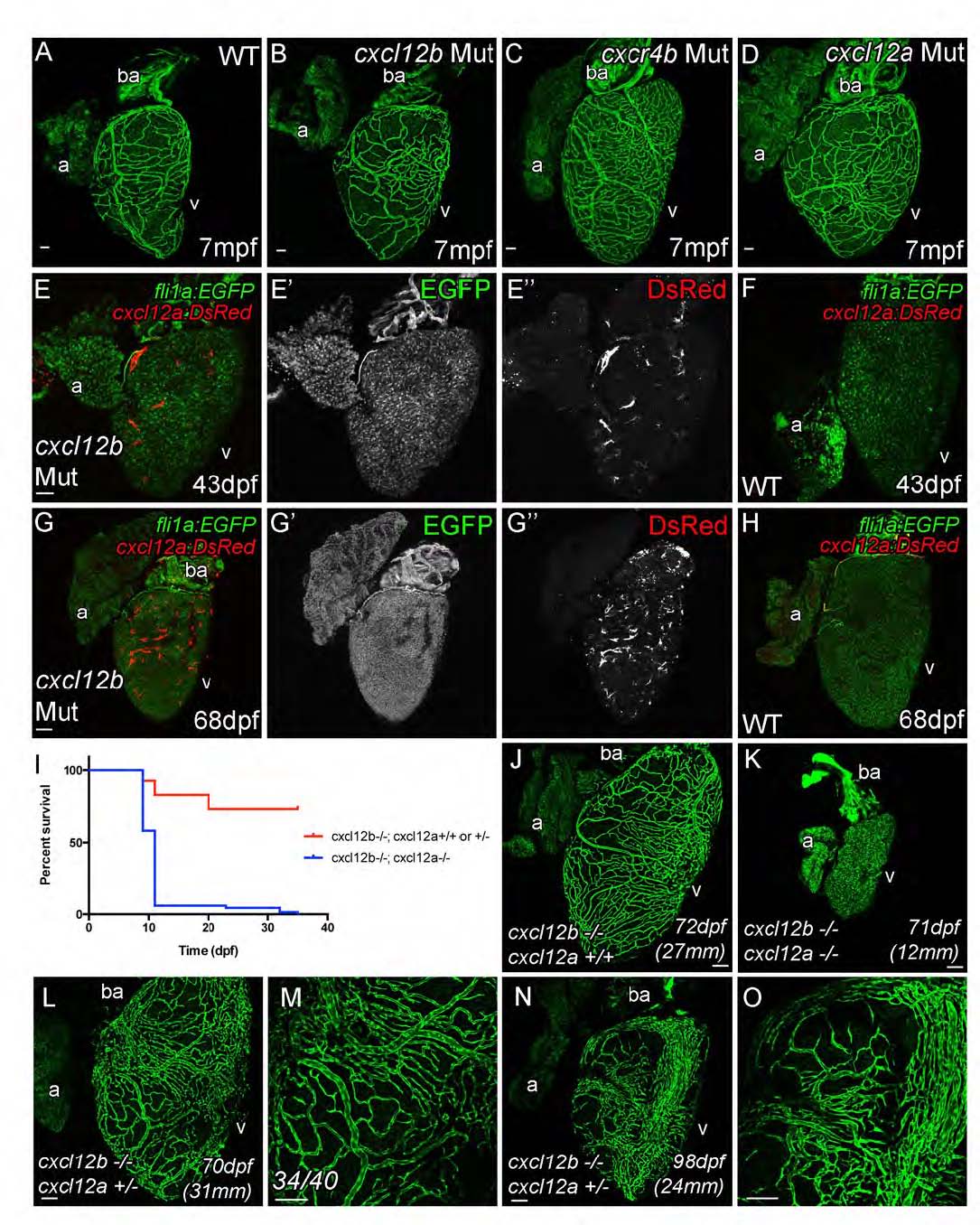Fig. S6 Coronary vasculature develops normally cxcr4b mutants, but cxcl12b and cxcl12a act redundantly. (Related to Figure 5)
Hearts from zebrafish with genetic lesions in cxcl12b (B), cxcr4b (C) and cxcl12a (D) are phenotypically indistinguishable from those of non-mutant fli1a:EGFP transgenic zebrafish (WT, A). Cardiomyocyte expression of cxcl12a:DsRed is observed in cxcl12b mutant hearts, which could provide an alternative guidance source in the absence of Cxcl12b (46dpf, E and F; 68dpf, G and H). Cxcl12b and Cxcl12a appear to have general redundancy as loss of both genes prevents survival beyond one-month post fertilization under standard husbandry conditions (I). Double cxcl12a/b mutants maintained under optimized husbandry conditions can survive beyond one month (7 out of 136), but fail to develop coronary vasculature (K). The majority of zebrafish with a single copy of cxcl12a (and no cxcl12b) develop normal vasculature (L and M, 34/40), but some cxcl12a +/-; cxcl12b -/- do appear to have subtle abnormalities in vessel formation and positioning (N and O). Italicized age indicates zebrafish are raised using optimized husbandry, body length in parentheses. Scale bars, 50 µm.
Reprinted from Developmental Cell, 33, Harrison, M.R., Bussmann, J., Huang, Y., Zhao, L., Osorio, A., Burns, C.G., Burns, C.E., Sucov, H.M., Siekmann, A.F., Lien, C.L., Chemokine-guided angiogenesis directs coronary vasculature formation in zebrafish, 442-54, Copyright (2015) with permission from Elsevier. Full text @ Dev. Cell

